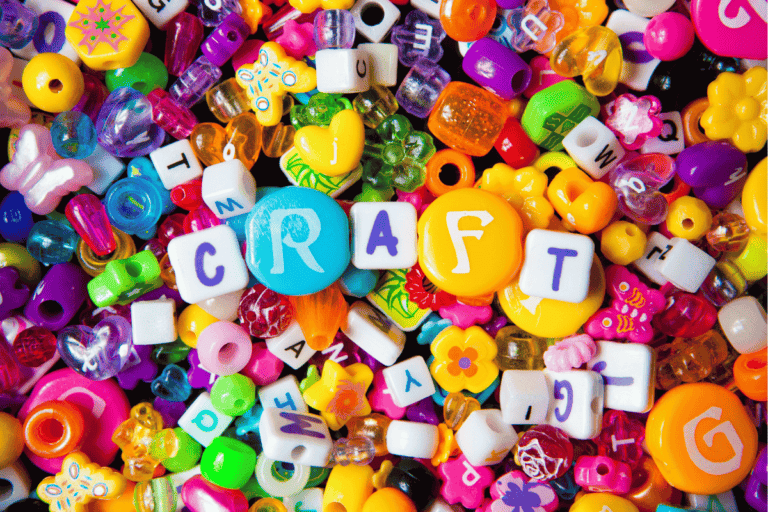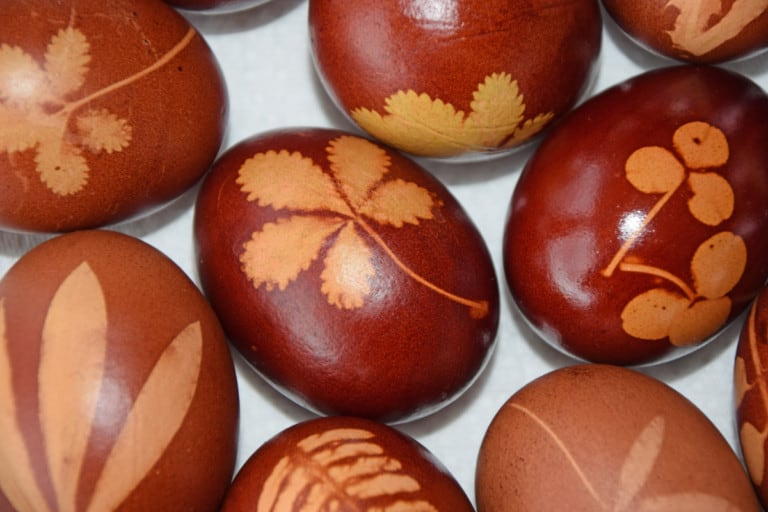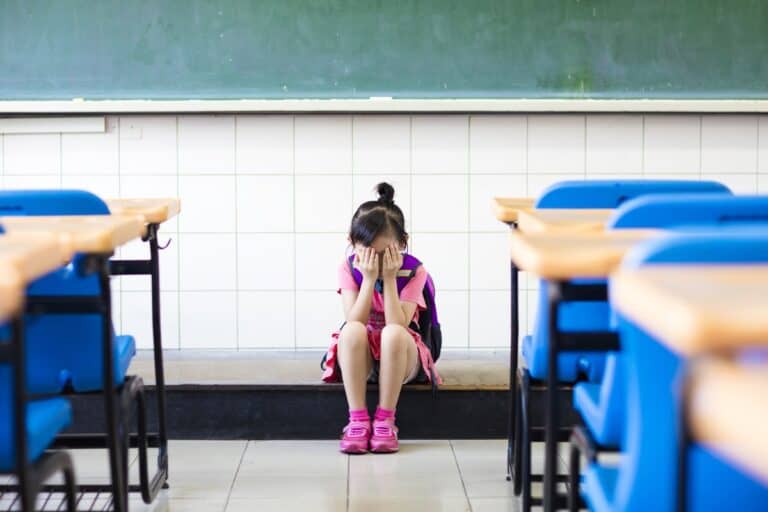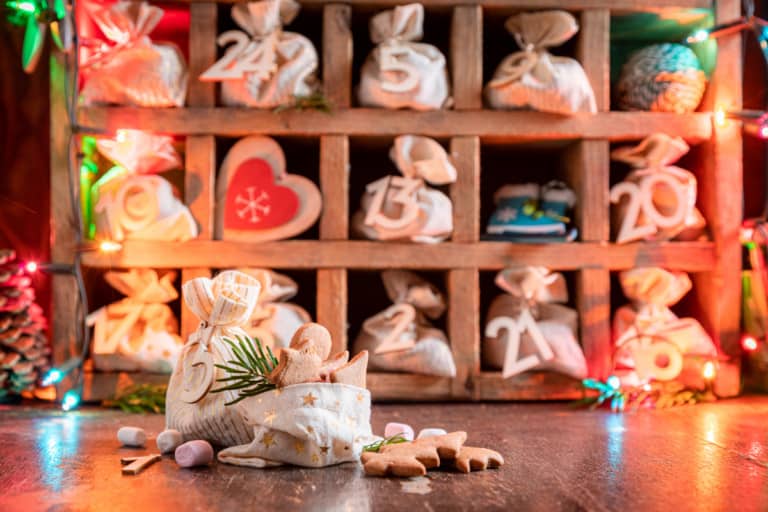Fun Science Experiments for Kids to Do at Home

Explore the exciting world of science with some science experiments for kids. All you need are a few common household objects to make magic milk or your own lava lamp!
Science is an important part of everyday life. And, with kids and parents spending more time at home these days, it’s the perfect time for a few experiments. Luckily, there are some easy science experiments for kids that require little more than water, food color or vinegar, and a chemical reaction. Whatever fun activities you decide to do, be sure to share them with other science mavens on your favorite family app!
Getting Started With Fun Science Experiments
Science is all around us- from the air that we breathe to the water we drink, to looking at a rainbow in the sky after a big storm.
So when it comes to science and learning, you don’t necessarily need a laboratory and a white coat! Whether you’re making slime or creating chemical reactions, science experiments can make your little ones appreciate what happens around them. Your budding scientist at home will love doing these experiments with you.
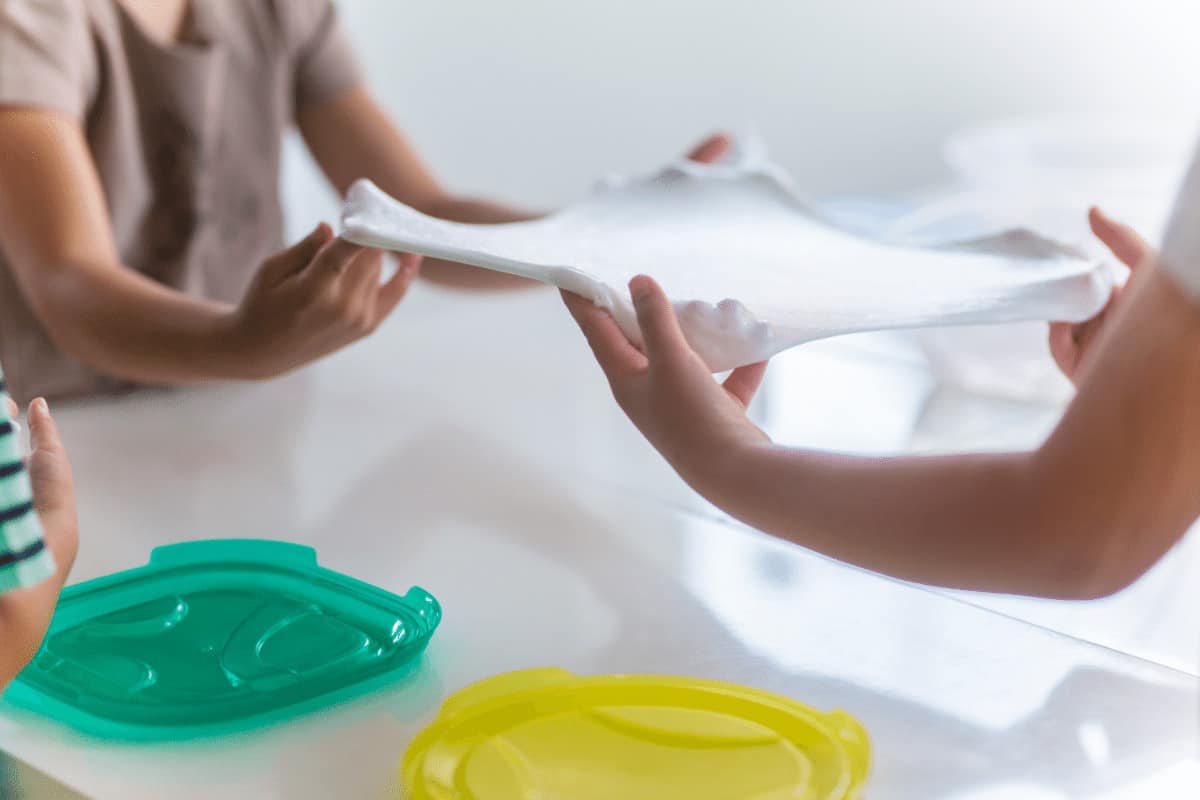
What Science Experiments Can Kids Do at Home?
Need help finding the right project? Here are a few of our favorites. Keep in mind, while smaller children will need some assistance, older school kids can do most of them on their own. But make sure an adult is around to supervise safety and to make sure the experiment gets cleaned up afterward.
Making Slime
Your kids have probably already begged you to do this experiment, and if your kids are anything like mine, one of them might have stepped on a Ziploc bag of homemade slime this morning. But little do they know that by making slime and mixing ingredients, they’re learning basic principles of chemistry.
I am a big fan of the slime-making kits that provide the perfect glitter or glow-in-the-dark glue and the right ratio of materials. But you can just as easily make great slime by mixing 8 oz Elmer’s glue, 1 tsp. baking soda, and 2-3 Tablespoons of contact lens solution. There are other recipes using a different type of activator, like Borax, so look around and experiment with different textures and types of slime.

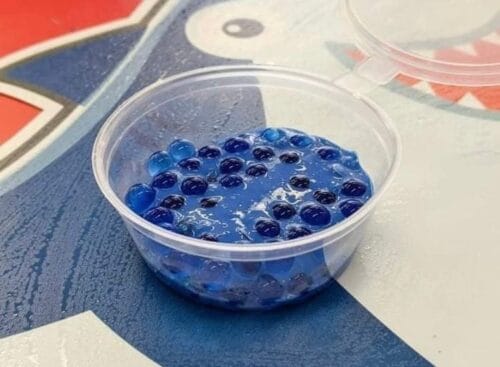
Apple and Oxidation Experiment
Anybody who has seen their sliced apples turn brown if they wait too long to eat them already knows about oxidation, even if they don’t know the scientific term for it.
This simple experiment will help them explore the reason why their fruit turns.
Start by filling jars with different liquids. You can use things like plain water, sugared water, salted water, apple juice, orange juice, and lemon juice. Then make a hypothesis about which liquids will prevent an apple from oxidizing. After that, put an apple slice into each jar so it’s fully covered with liquid. Put one slice aside for your control, and review the results every few minutes. Who made the right guess?
Magic Milk
Doing your own science projects at home doesn’t have to require a lot of materials. With this one, all you need is a jar or bowl of milk, some food coloring, and dish soap!
Simply add some food coloring to your milk and follow up with dish soap to get a surprising chemical reaction!
Instant Ice
This simple trick has been wowing people for years! Also known as the “automatic ice trick”, it will help your kids with learning the different states of water.
Put some water in the freezer until it’s nearly frozen, then pour it over ice placed in a ceramic bowl. You’ll be amazed by the effects!
Lava Lamp
This is one of the best science experiments at home for kids who love to observe motion!
Start by filling a bottle or jar a quarter of the way with water, then fill the rest up with vegetable oil. Add some food coloring and then drop in an Alka Seltzer tablet. Because of the dueling densities of each substance, you’ll get some fizzy, fun effects!
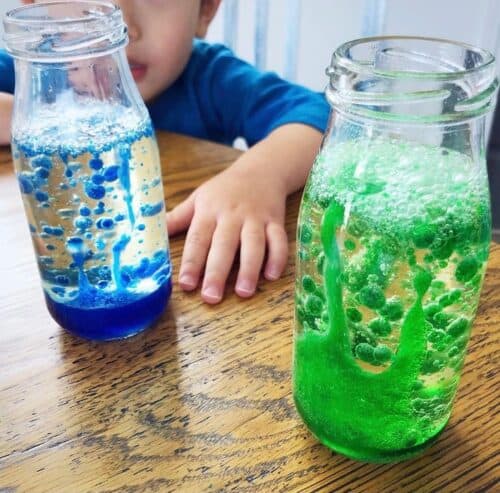
Blow Up a Balloon
Filling a balloon can be hard even for those with powerful lungs. With this experiment, your kids explore a different but fun way.
Start with a bottle that is ¼ full of vinegar. Take a balloon and fill it with some baking soda. Place it over the bottle and make sure the baking soda falls into the vinegar bottle. This chemical reaction creates carbon dioxide, which will instantly blow up the balloon! Check out this blog post by “A Dab of Glue will do” to learn more about this experiment!
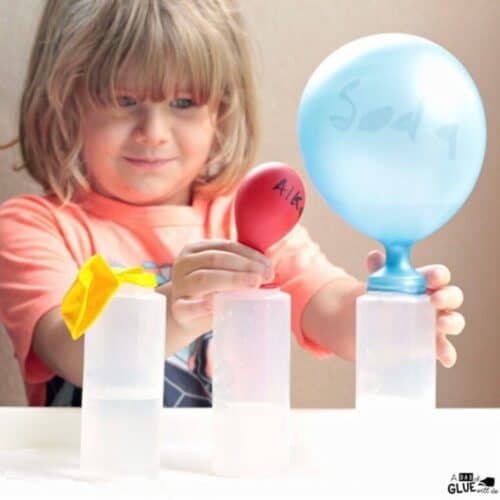
Making a Mark – Easy scientific cards craft
We love this cool card artwork idea we came across from @scienceplaykids. All you will need is whiteboard markers, clear glass pans, water, and paper. Whiteboard markers, or permanent markers are made from a color pigment, a solvent, and a polymer. In their post they say, “In a permanent marker this polymer is acrylic and helps the pigment stick to the surface. In a whiteboard marker, however, the polymer is silicon-based and prevents the pigment from sticking to the surface.”
“This means if you draw on glass with a whiteboard marker, and add water, the silicon-based polymer can come unstuck form the surface and float to the top of the water.” they ended up adding another fun step by putting paper gently on top of the floating designs and take them out to display fun pieces of art or cards that will dry and look pretty neat!
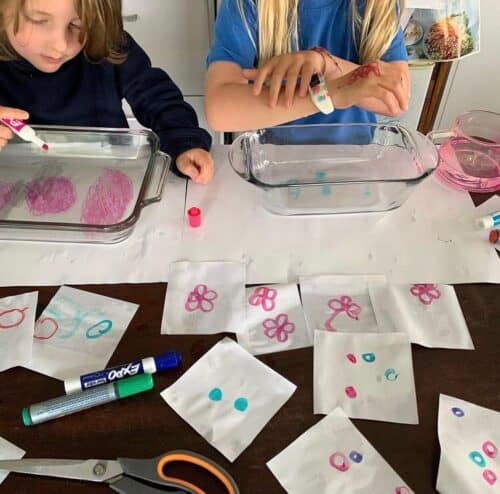
Egg in a Bottle
This science project should be performed by an adult but your children will be truly impressed by watching as well!
For this experiment, you need to have a peeled hard-boiled egg, a bottle, a match, and a piece of paper. When your materials are ready, push a burning piece of paper into the bottle. Be careful not to hurt yourself! Place the egg over the bottle and wait for the fire to go out. When it does, the air will contract due to oxygen loss and suck the egg into the bottle!
There are many more fascinating experiments you can do with your kids while staying inside. Not only will these projects entertain them, but they’re a fun way of learning. They can also be a welcome change of pace in your homeschooling schedule.
Do you remember some more science experiments or projects from your own school days? Tell us about them on social #getfamilyapp.
